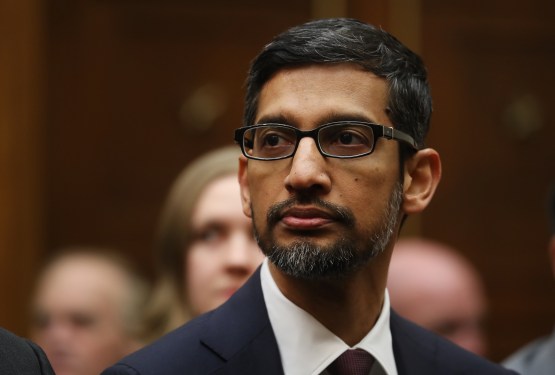Google’s Privacy Sandbox Proposal Faces Regulatory Scrutiny
Google has announced its latest attempt to reintroduce third-party cookies while integrating its Privacy Sandbox technology, which aims to eliminate tracking features such as Same Site Policy (SSP) and first-party tracking. This move follows a proposal by the UK Competition and Markets Authority (CMA), which expressed concerns about Google’s approach, questioning whether the updated method aligns with user consent principles or could negatively impact competition.
TechCrunch has reported on the reactions to this announcement, highlighting key points from various parties involved:
-
Google’s Position: The company maintains a stance that its revised proposal supports competition, emphasizing informed choice across web browsing. Google stated that it is engaging with regulators and believes its updated approach meets necessary standards for privacy.
-
UK Privacy Watchdog (ICO): The ICO has expressed support in working alongside the CMA to scrutinize Google’s proposals in accordance with data protection laws. Helen Booth of the ICO confirmed ongoing collaboration with both the CMA and Google, while noting that third-party cookies remain problematic for user welfare.
-
Independent Consultant’s View: Lukasz Olejnik, an independent consultant tracking the Privacy Sandbox proposal, expressed concern over potential implications on user trust in digital businesses. He noted a shift in priorities by the UK government and questioned whether Google’s approach could jeopardize privacy standards.
-
Regulatory and User Concerns: The CMA’s intervention raises questions about competition and data protection, with officials suggesting that third-party cookies may continue to be problematic for user welfare and trust within the digital sector.
In summary, Google’s entry into Privacy Sandbox aims to modernize web browsing while addressing privacy concerns. However, regulatory scrutiny and potential implications on user trust and competition present significant challenges to its approach.



